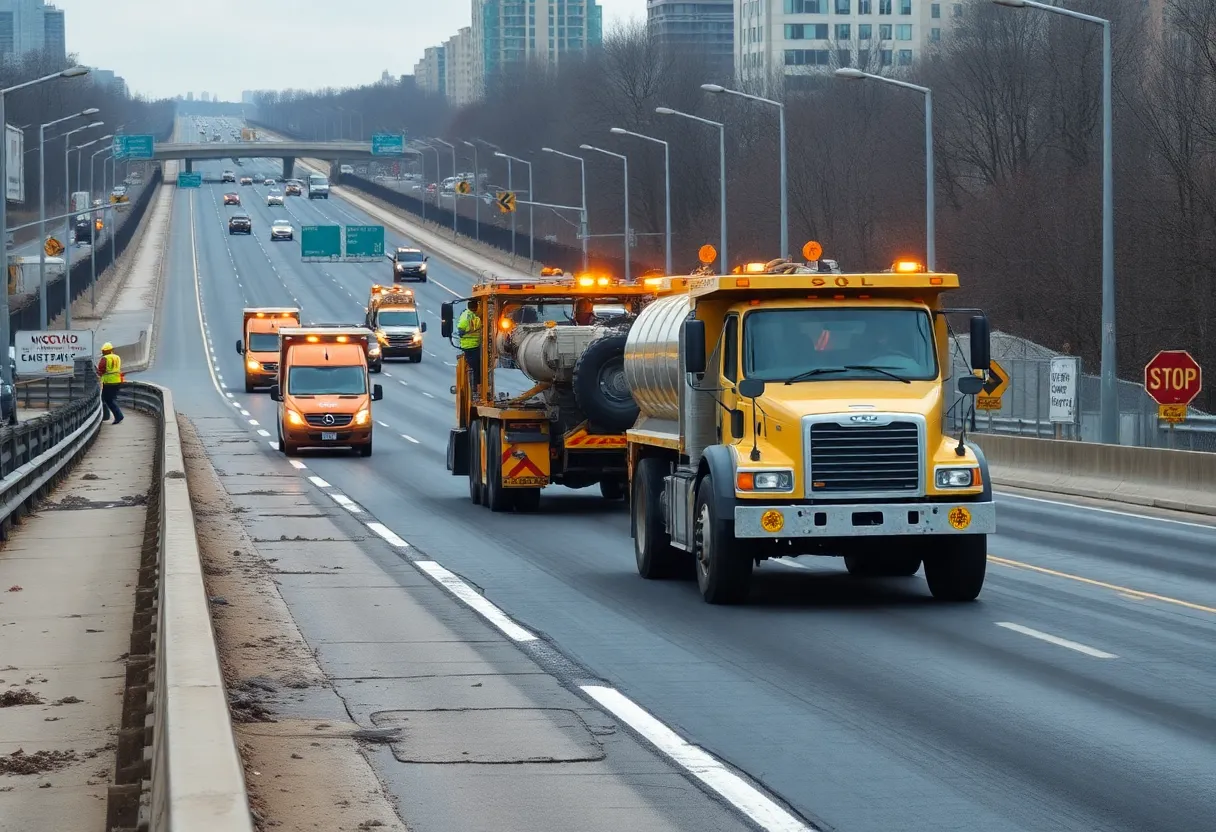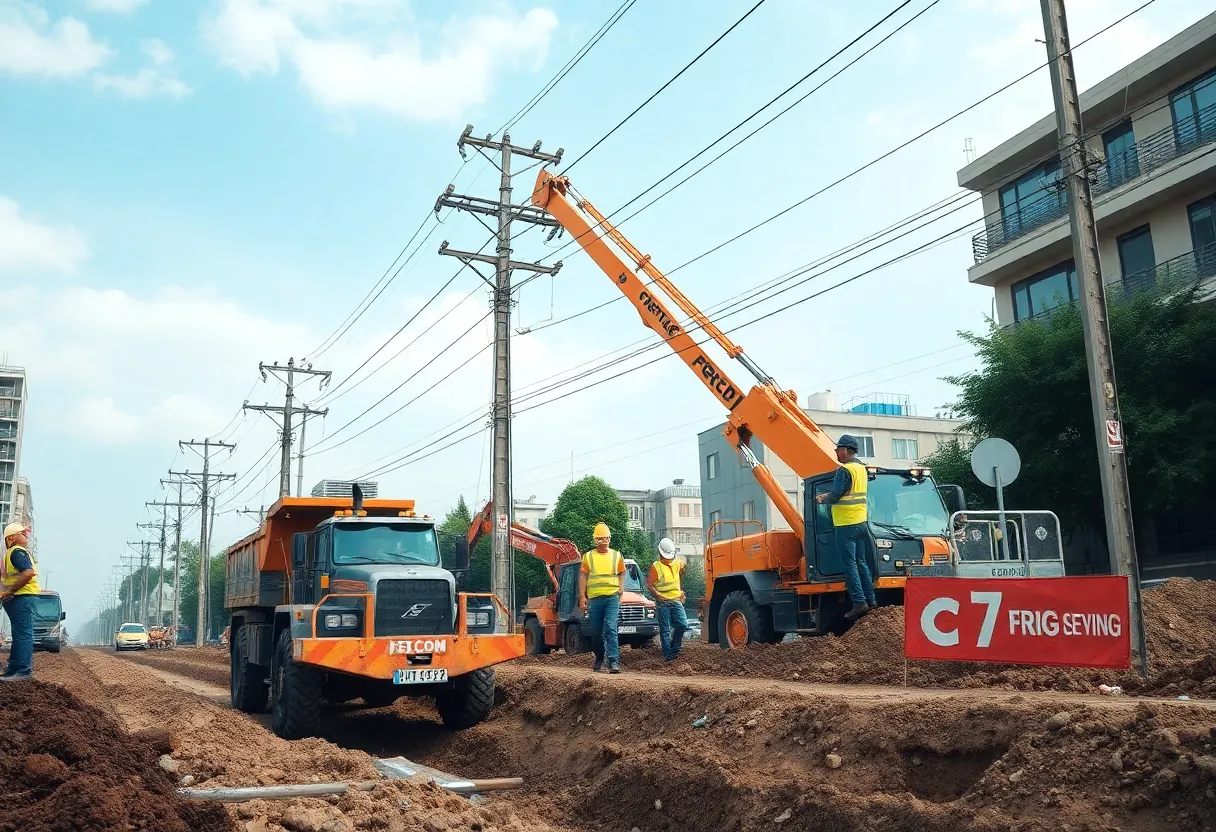News Summary
The begin-construction date is vital for projects receiving clean energy tax incentives. Taxpayers need to demonstrate compliance with the physical work test or the 5% safe harbor test to qualify for these tax credits. Significant physical work is essential, along with meticulous documentation of incurred costs. The current landscape of renewable energy incentives remains uncertain, making it crucial for stakeholders to stay informed and prepared to maximize potential savings.
Renewable Energy Tax Credits: Understanding Begin-Construction Standards
The begin-construction date is a pivotal aspect for properties financed through clean energy tax incentives, affecting eligibility and the value of tax credits. To qualify for these incentives, taxpayers must navigate through two main tests— the physical work test and the 5% safe harbor test. Ensuring compliance with these tests is crucial for property owners seeking tax benefits under various sections of the Internal Revenue Code, specifically Sections 45, 48, 45Y, and 48E.
Establishing the Begin-Construction Date
The definition of “begin-construction” revolves around the substantial initiation of a renewable energy project. For the physical work test, it is not merely the amount spent that counts but rather the nature and significance of the work performed. Taxpayers must show that significant physical activities have started, such as excavation or the installation of critical infrastructure. Activities that do not qualify include preliminary steps like planning, design, or securing permits, as these do not constitute significant physical work.
The 5% safe harbor test, on the other hand, requires taxpayers to incur at least 5% of the total cost of the energy property. Unlike the physical work test, this test can sometimes allow for certain costs related to the project, although intangible assets like power purchase agreements do not count. Soft costs, including developer fees, may pose a challenge under this test, and they are more likely to be accepted if they are directly linked to the energy property.
Qualifying Work and Documentation Requirements
Eligible physical labor activities for these tests include practical steps in the construction process such as setting anchor bolts and installing racks for solar panels. Interestingly, offsite physical work can qualify as well if it involves components that are manufactured under a binding contract, reinforcing the necessity of thorough documentation. However, mere manufacturing components that are held in inventory will not contribute to satisfying the physical work requirements.
In terms of documentation, a meticulous approach is essential. This includes maintaining bills of lading and purchase orders to prove the incurred costs relevant to the 5% safe harbor test. Taxpayers using the accrual method must ensure that they take ownership of any assets within three and a half months of incurring costs in order to meet this test effectively. The importance of having well-defined contractual terms cannot be overstated, as these elements will support claims for both tests.
Future of Renewable Energy Tax Incentive Regulations
As the regulatory landscape for renewable energy incentives evolves, it is crucial for taxpayers to stay informed about any legislative changes that can impact tax credits. Current indications suggest that there will likely not be any new rules regarding begin-construction criteria in upcoming tax legislation. Nevertheless, there remains an air of uncertainty about the future of clean energy tax credits and the potential deadlines for eligibility.
Engaging with professionals who specialize in tax credits is advisable, as they can provide valuable insights and support in documenting compliance with the necessary requirements. Some firms even offer tailored engagements for agreeing on procedures that help clients navigate the complexities of the tests specific to renewable energy projects.
Conclusion
Overall, understanding the criteria for establishing a begin-construction date is integral for taxpayers aiming to benefit from renewable energy tax incentives. By meeting either the physical work test or the 5% safe harbor test, taxpayers can secure their eligibility for potential tax credits, opening doors to substantial financial benefits in the clean energy sector.
Deeper Dive: News & Info About This Topic
Additional Resources
- AP News: Clean Energy and the Big Beautiful Bill
- Wikipedia: Renewable Energy
- New York Times: Trump’s Clean Energy Bill
- Google Search: Clean Energy Tax Credits
- Politico: Senate Bill for Wind and Solar
- Encyclopedia Britannica: Solar Energy
- CNBC: Solar and Wind Energy Tax Credits
- Google News: Renewable Energy Policy
- Wall Street Journal: Winners and Losers in Renewable Energy
- Encyclopedia Britannica: Wind Energy
- Reuters: Senate Bill Clean Energy Cuts
- Google Scholar: Renewable Energy Incentives
Author: Construction NY News
The NEW YORK STAFF WRITER represents the experienced team at constructionnynews.com, your go-to source for actionable local news and information in New York and beyond. Specializing in "news you can use," we cover essential topics like product reviews for personal and business needs, local business directories, politics, real estate trends, neighborhood insights, and state news affecting the area—with deep expertise drawn from years of dedicated reporting and strong community input, including local press releases and business updates. We deliver top reporting on high-value events such as the New York Build Expo, infrastructure breakthroughs, and cutting-edge construction technology showcases. Our coverage extends to key organizations like the Associated General Contractors of New York State and the Building Trades Employers' Association, plus leading businesses in construction and real estate that power the local economy such as Turner Construction Company and CMiC Global. As part of the broader network, including constructioncanews.com, constructiontxnews.com, and constructionflnews.com, we provide comprehensive, credible insights into the dynamic construction landscape across multiple states.





